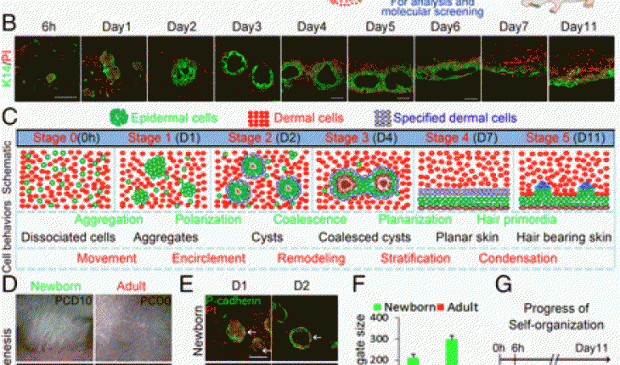
Breaking News
 BREAKING: Federal Agents Descend on Suspected Somali Fraud Sites in Minneapolis (VIDEO)
BREAKING: Federal Agents Descend on Suspected Somali Fraud Sites in Minneapolis (VIDEO)
 BREAKING: Federal Agents Descend on Suspected Somali Fraud Sites in Minneapolis (VIDEO)
BREAKING: Federal Agents Descend on Suspected Somali Fraud Sites in Minneapolis (VIDEO)
 Aargh! Letters of marque would unleash Blackbeard on the cartels
Aargh! Letters of marque would unleash Blackbeard on the cartels
 How a Barter System Could Sustain Communities During a Supply Chain Collapse
How a Barter System Could Sustain Communities During a Supply Chain Collapse
Top Tech News
 EngineAI T800: Born to Disrupt! #EngineAI #robotics #newtechnology #newproduct
EngineAI T800: Born to Disrupt! #EngineAI #robotics #newtechnology #newproduct
 This Silicon Anode Breakthrough Could Mark A Turning Point For EV Batteries [Update]
This Silicon Anode Breakthrough Could Mark A Turning Point For EV Batteries [Update]
 Travel gadget promises to dry and iron your clothes – totally hands-free
Travel gadget promises to dry and iron your clothes – totally hands-free
 Perfect Aircrete, Kitchen Ingredients.
Perfect Aircrete, Kitchen Ingredients.
 Futuristic pixel-raising display lets you feel what's onscreen
Futuristic pixel-raising display lets you feel what's onscreen
 Cutting-Edge Facility Generates Pure Water and Hydrogen Fuel from Seawater for Mere Pennies
Cutting-Edge Facility Generates Pure Water and Hydrogen Fuel from Seawater for Mere Pennies
 This tiny dev board is packed with features for ambitious makers
This tiny dev board is packed with features for ambitious makers
 Scientists Discover Gel to Regrow Tooth Enamel
Scientists Discover Gel to Regrow Tooth Enamel
 Vitamin C and Dandelion Root Killing Cancer Cells -- as Former CDC Director Calls for COVID-19...
Vitamin C and Dandelion Root Killing Cancer Cells -- as Former CDC Director Calls for COVID-19...
 Galactic Brain: US firm plans space-based data centers, power grid to challenge China
Galactic Brain: US firm plans space-based data centers, power grid to challenge China
Vigorous Hair Growth from stem cells could treat baldness

Researchers outline a step-by-step sequence of events in the production of hair follicles from skin. Specifically, they were able to generate hair by uncovering the major molecular events necessary for the growth of skin and fostering it in adult shaved mice.
"Many aging individuals do not grow hair well, because adult cells lose their regenerative ability. But with our new findings, we are able to make adult mouse cells produce hair again," says Dr. Chuong.
Researchers at the USC lab could not confirm exactly when human trials could begin but were optimistic their findings could inspire a method for treating humans with alopecia and baldness in the near future by using some of the patient's own stem cells to grow skin with hair follicles in a lab, then transplanting it onto balding areas of the scalp.
* they used progenitor cells, a cell type more differentiated from stem cells.
* They transplanted the cells into shaved mice
* the cells formed skinlike "organoids," 3-D assemblies of cells that gathered themselves into an organlike structure, which in this case was the ability to grow hair. Further, they took hundreds of time-lapse movies to analyze the collective cell behavior.
* the cells combined themselves into polarized cysts, which then coalesced to form layered skin
* they created skin with hair follicles that were transplanted onto the back of a host mouse. Finally, they observed as the follicles vigorously produced hair.



